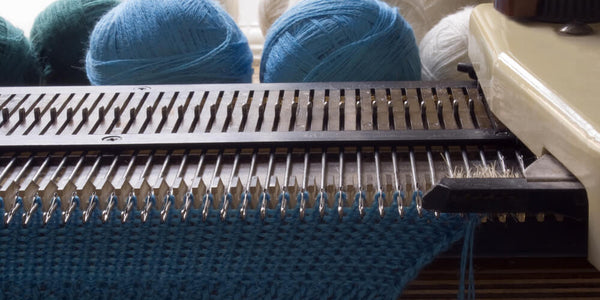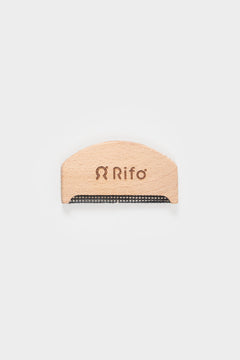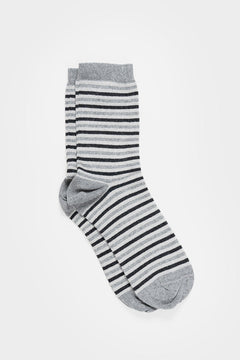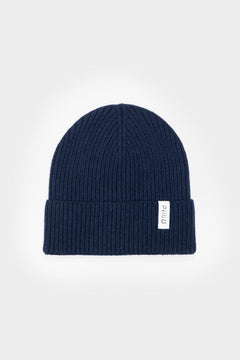Knitwear is a textile field rich in tradition and artisan knowledge.
There is a world behind every single knitted garment, made up of choices: stitches, styles, collars, sleeves, ribs... even the "decreases" are one of these choices.
There is a part of the Rifò team that always talk about these technical terms, and there is a part that listens and asks "what does it exactly mean?"
It's the product team and the communication team and in this blog article we want to share with you what comes out from our daily conversations, in particular what are the decreases in knitwear?
How are knitwear decreses done?
"Decreases", comes from the fact that the needles of the knitting machine are lowered, to create curves and turns in the weft, such as the round neck and armhole, where instead it would only be possible to continue straight, creating pieces in rectangular mesh.

Therefore, to make decreases in knitwear you don't need special machines, but only a good programmer able to create the inclinations necessary for the realization of the garment.
Aesthetics and functionality
From a manufacturing point of view, the decreases in knitwear are more functional, because they allow to easily create curves and textures with diagonal limits.
Signs of this technique are some particular stitches, which finish the garment in a clean and precise way. You can see them around the neck ans the sleeves, which require curvatures based precisely on the shape of the neckline and the structure of the sleeve.

The fit in the sweater makes the garment more aesthetically refined because it is more harmonious, since the various pieces that come out of the machine already contain the references to be packed and assembled together.
Compared to attaching a sleeve to a front using a simple cut and sew, this process is therefore more refined and also reduces any waste of packaging.
The alternative to knitting decrease
Not all knitted garments are made using the decrease technique. What is the alternative then?
Simply creating the various parts of the shirt without curves, such as the armhole, and then assemble them in the package.
More and more garments are now made without the decrease, which instead gives that touch of "old style" refinement.
Rifò has experimented with both techniques. Here are some examples of Rifò styles without decreases: Alda for example, or male styles like Cesare and Italo.
Rifò's decreased sweater

Obviously even Rifò applies the decrease in many knitwear styles, creating basic classics, good for all ages. For example Per esempio il nostro Romeo per uomo e il modello femminile Ada.
Discover Rifò knitwear for woman and man, made with recycled cashmere following the artisanal tradition!








